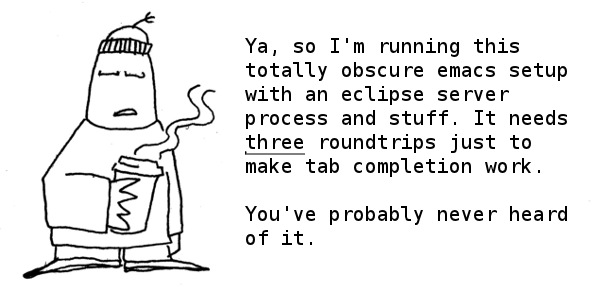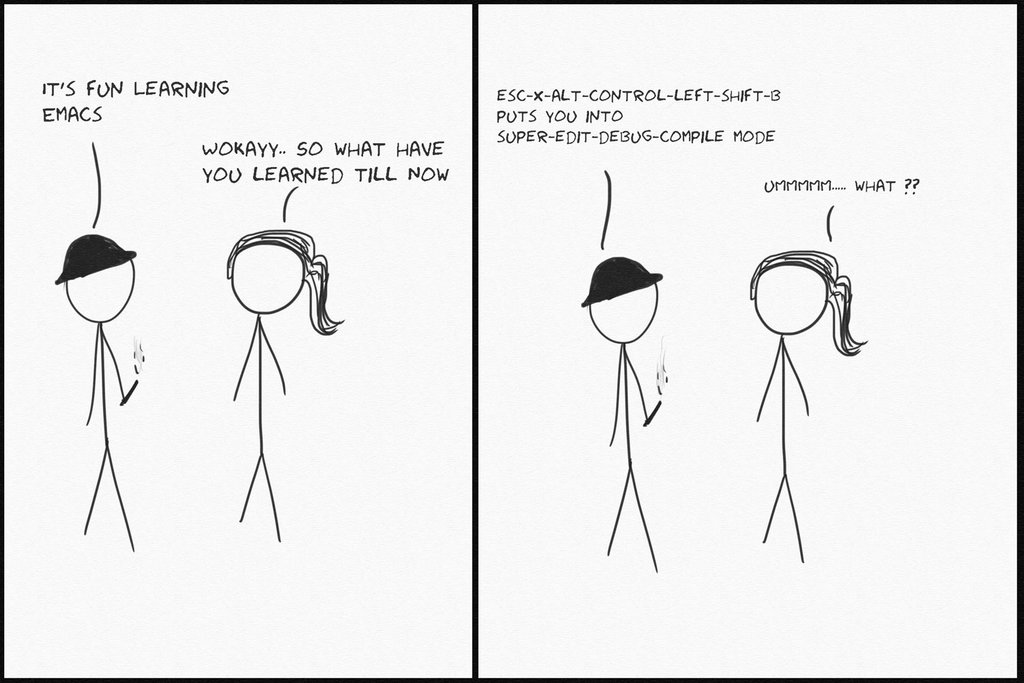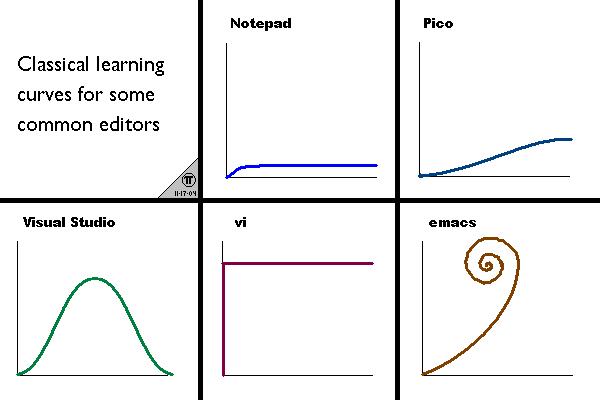Why Emacs?
A good text editor is one of the most important tools a scientific programmer needs to choose and master.
Emacs is a free, open source, and incredibly powerful text editor that can be turned into a complete IDE for writing and running code, and so much more.
A brief history of Emacs
GNU Emacs is the most popular version of the Emacs text-editor family.
The first EMACS was written in 1976 by Davd A. Moon and Guy L. Steele Jr. at the MIT AI Lab. The development of GNU Emacs was started in 1984 by Richard Stallman—a free software movement activist and father of the copyleft concept. It is amongst the oldest free and open source software still under development. Despite its age, development actually remains very active with modern and powerful optimizations implemented constantly.
GNU Emacs remains a symbol of the hacker culture of the 70s and 80s, particularly in its rivalry with vi as part of the editor war.
Its editing functionalities are written in Emacs Lisp—a dialect of the Lisp programming language (the rest and the interpreter are written in C).
The official GNU Emacs website can be found here.
Why use Emacs?
To brag. Obviously.

But there are other reasons:
- Free and open source
- Endlessly customizable
- Amazing diff
- Easy macros and automation
- Text and file searching
- Bookmarks
- Great programming IDE
- Lossless and endless undo/redo
- Powerful integration with Git
- Email, Slack, Telegram, calendar, IRC…
- File manager
- Unified set of shortcuts, search functionality, and environment for any tasks (easier than learning new IDEs and GUIs all the time!)
- Tetris! and other games
- Calculator, calendar…
- X windows manager
- Fun!
- …
Emacs can do just about anything (except the laundry).

Now … getting started can be daunting …

… and it doesn’t necessarily get easier.

But it is worth it!